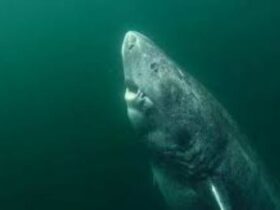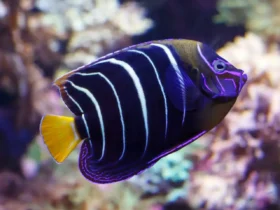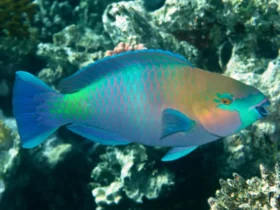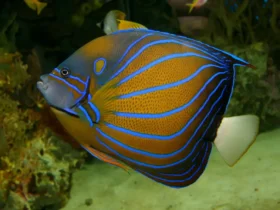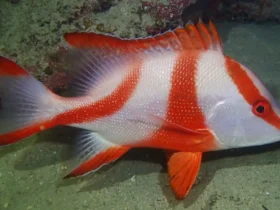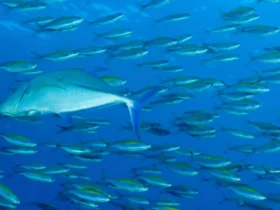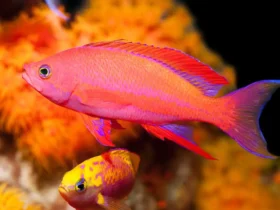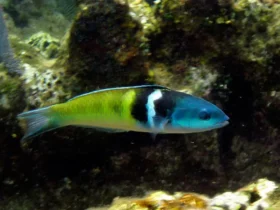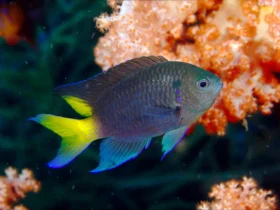Seahorses is one of the top 10 popular ornamental fish species at present., with their enchanting appearance and captivating behaviors, are among the most fascinating creatures found in our oceans. These unique marine animals, belonging to the family Syngnathidae, have captured the attention of scientists, conservationists, and admirers of marine life worldwide.
Seahorses images
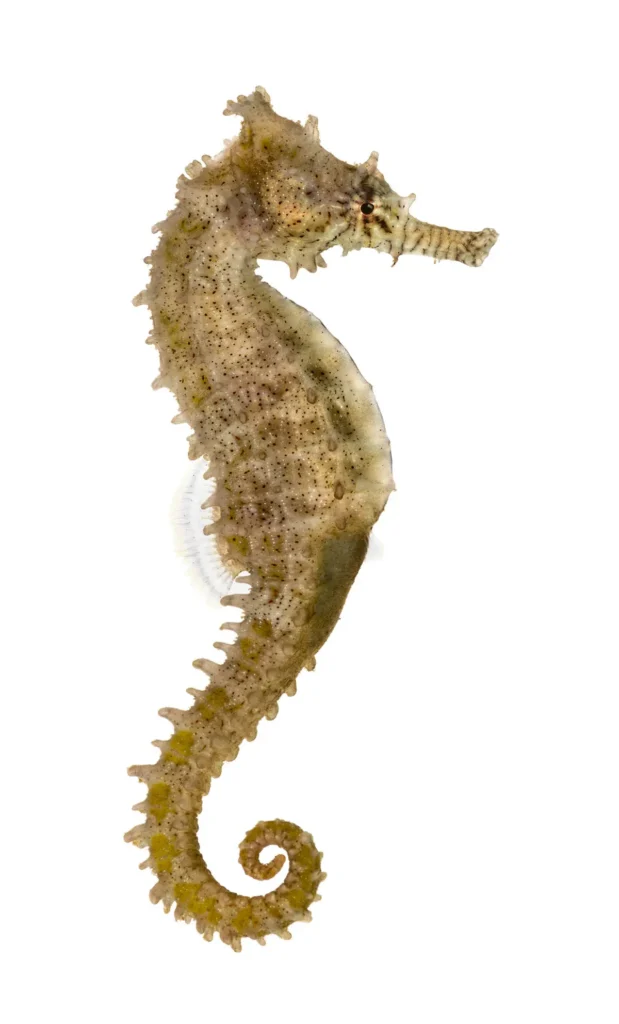
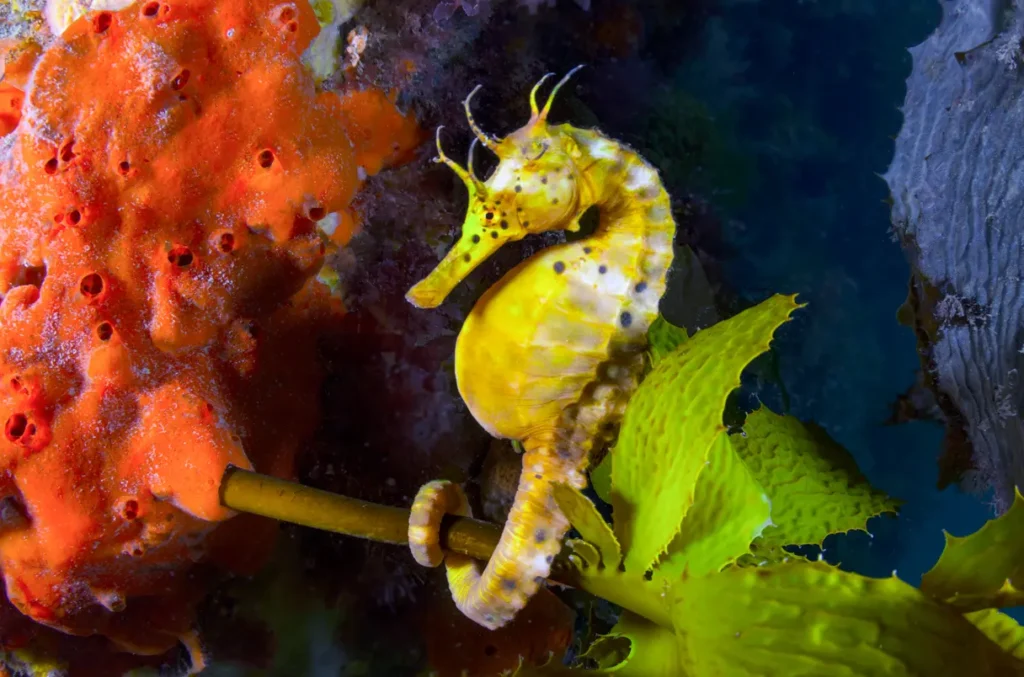
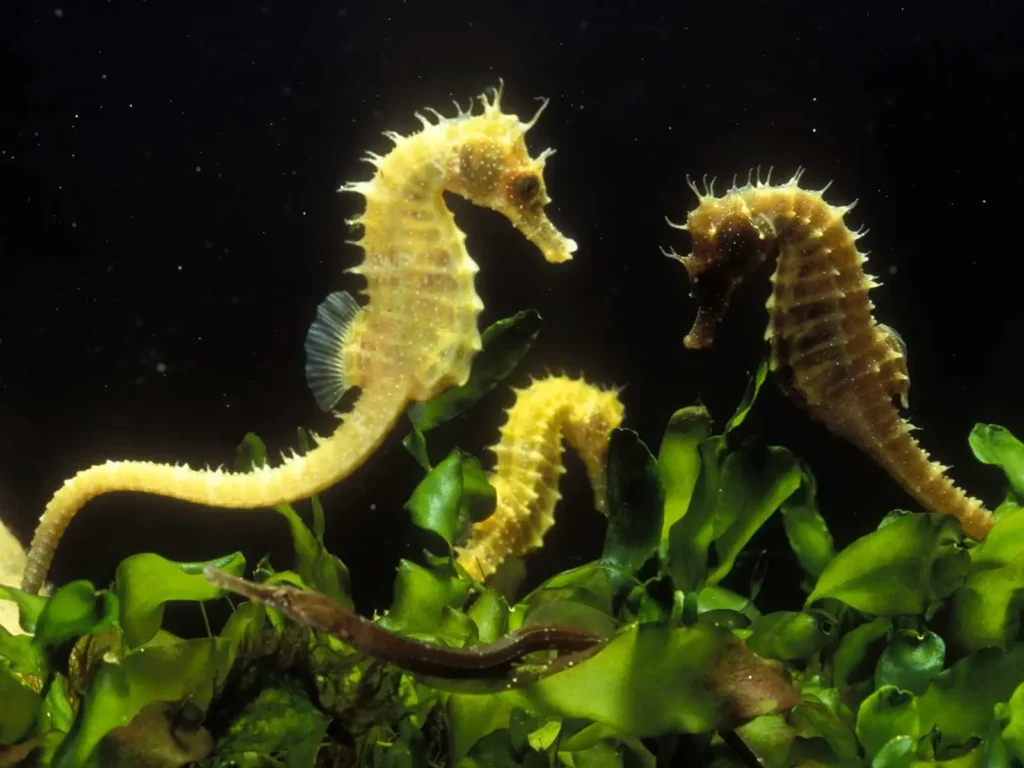
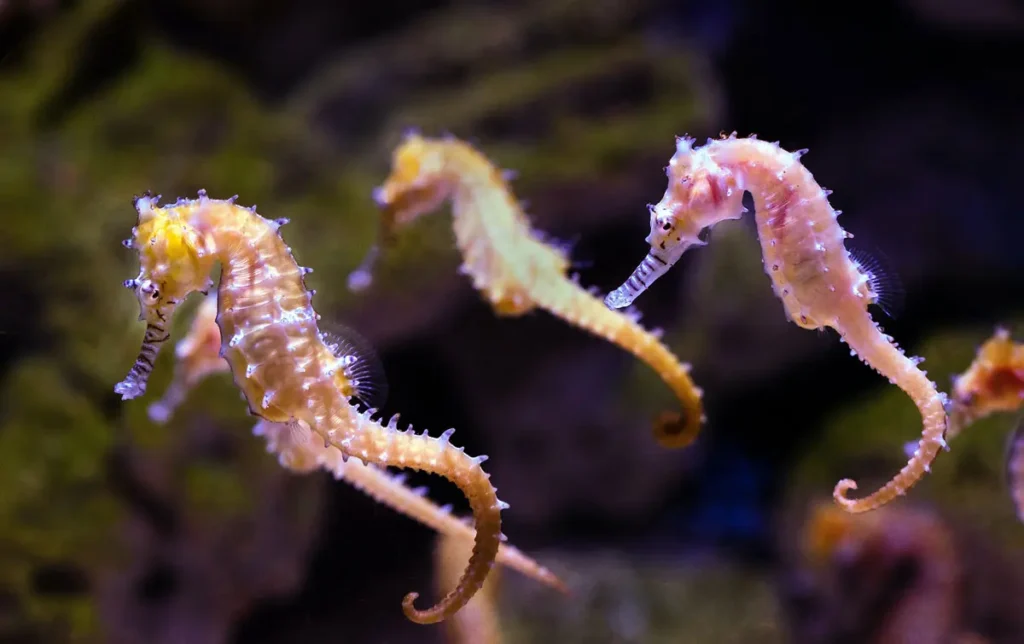
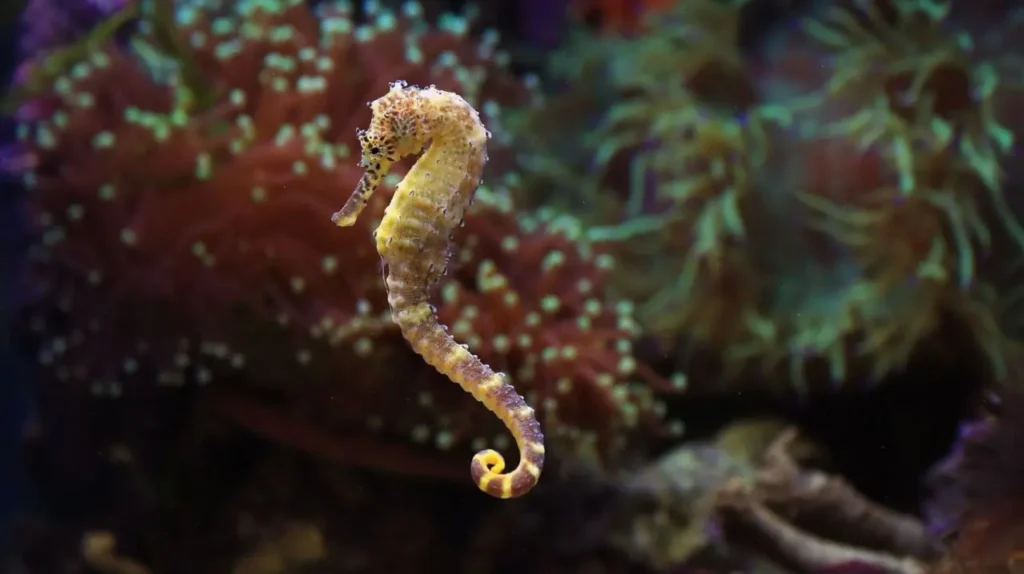
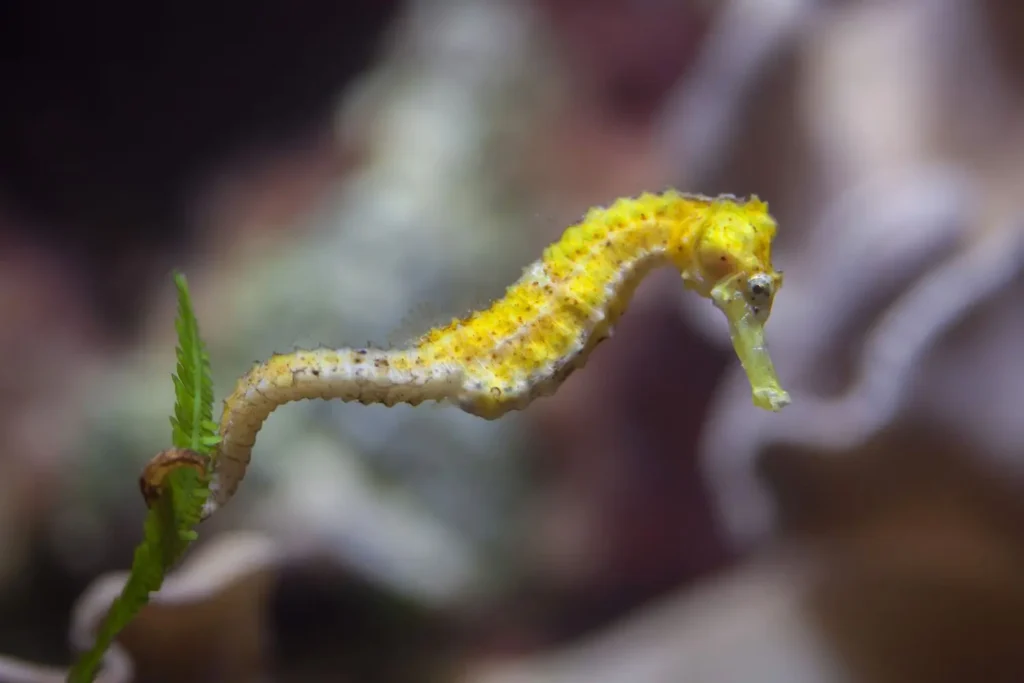
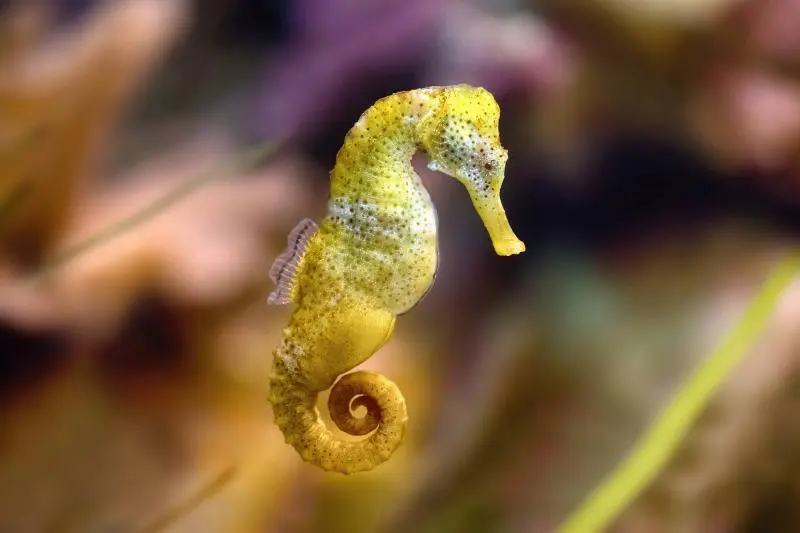
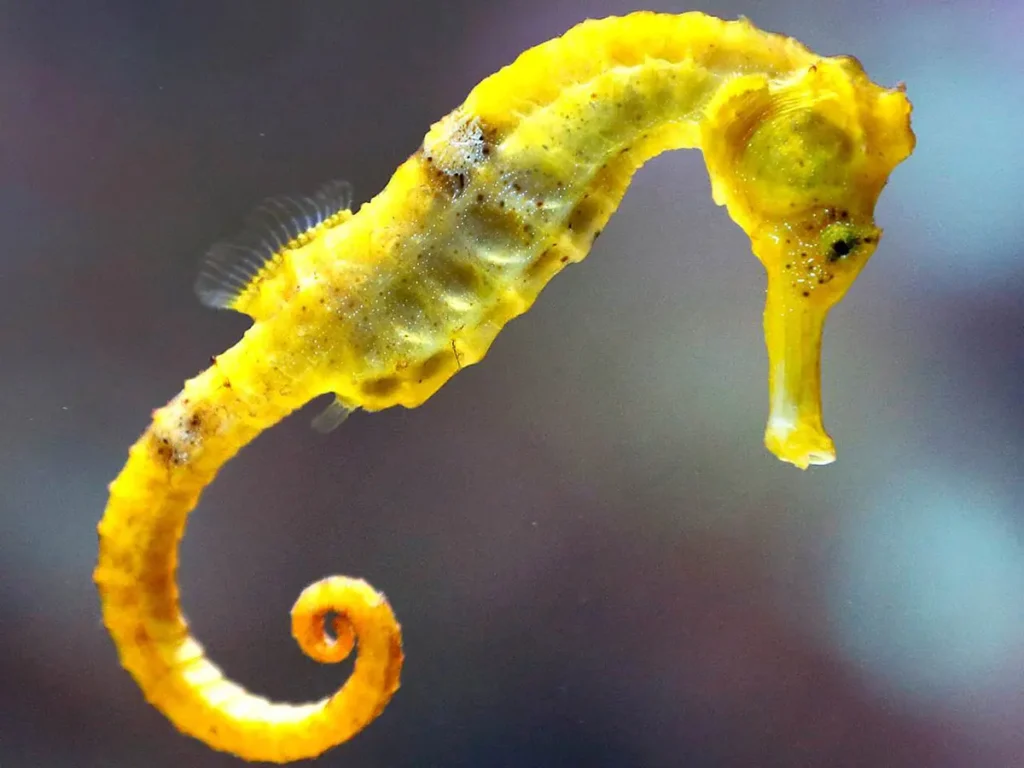
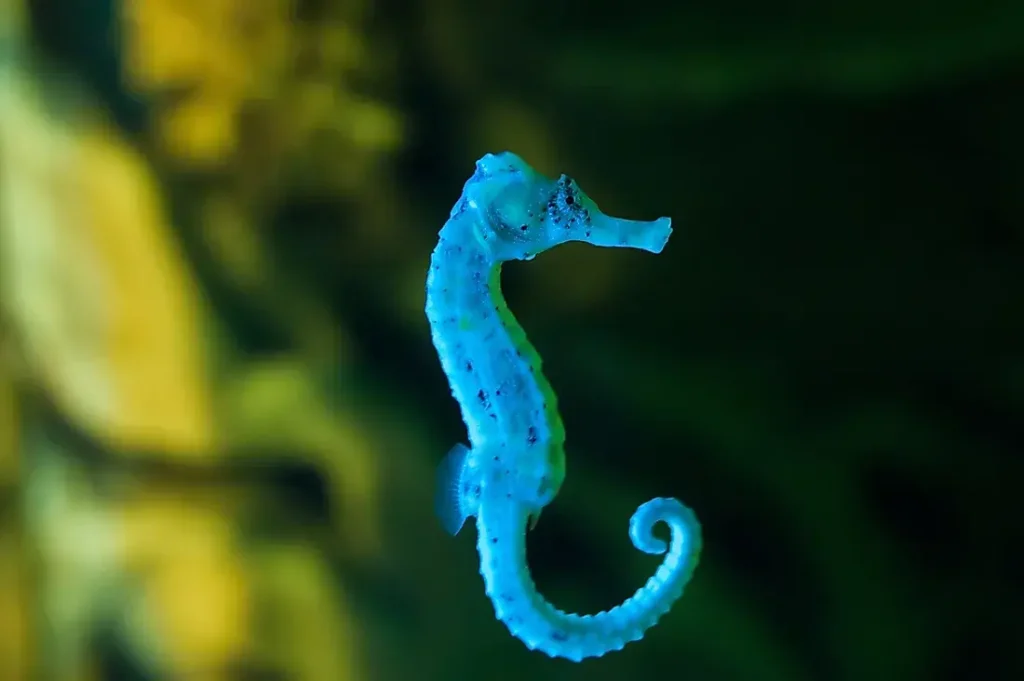
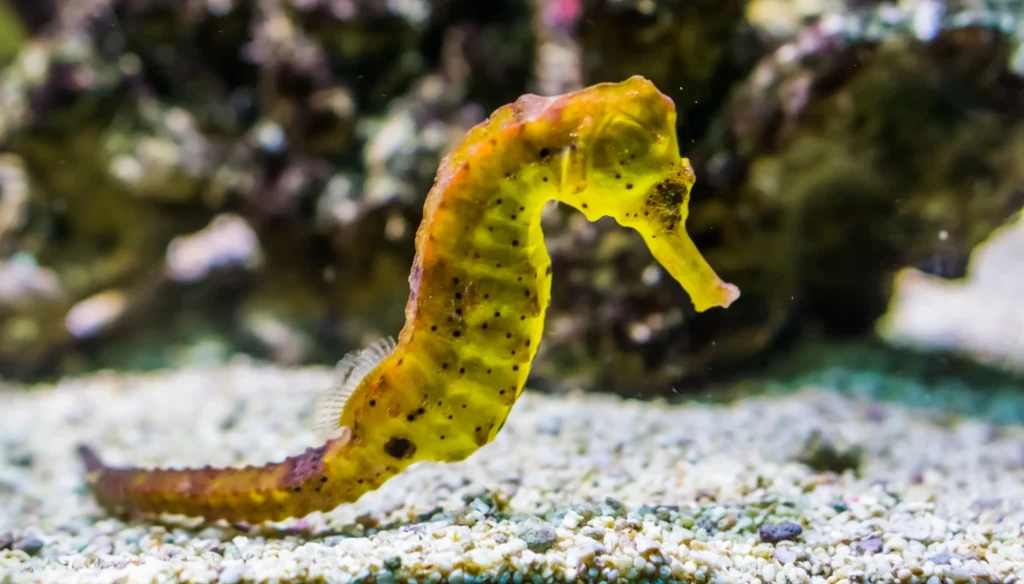
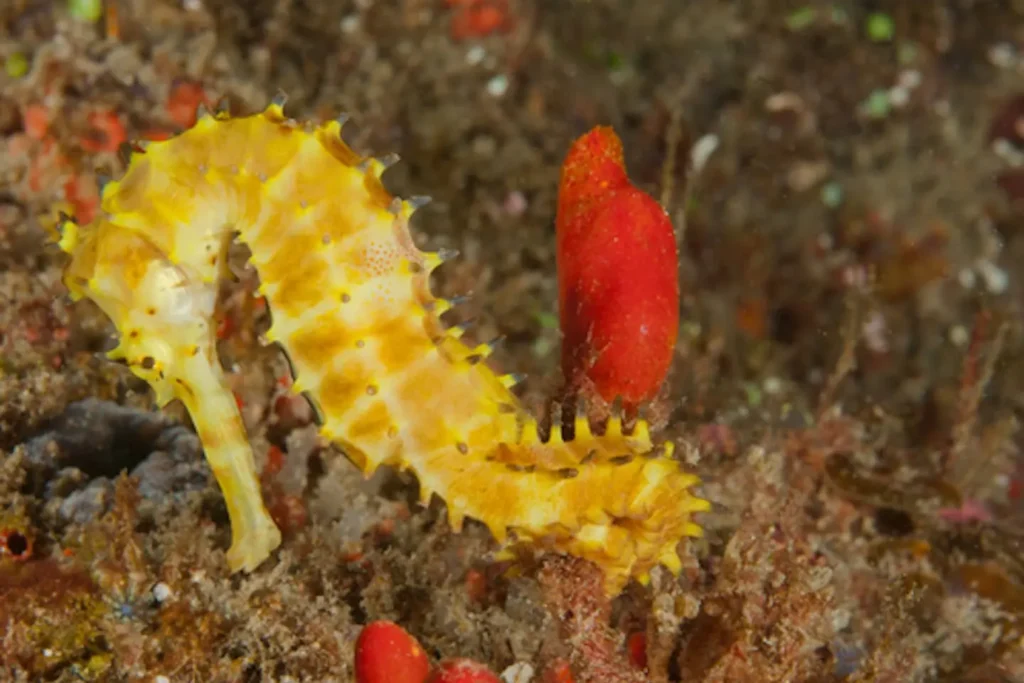
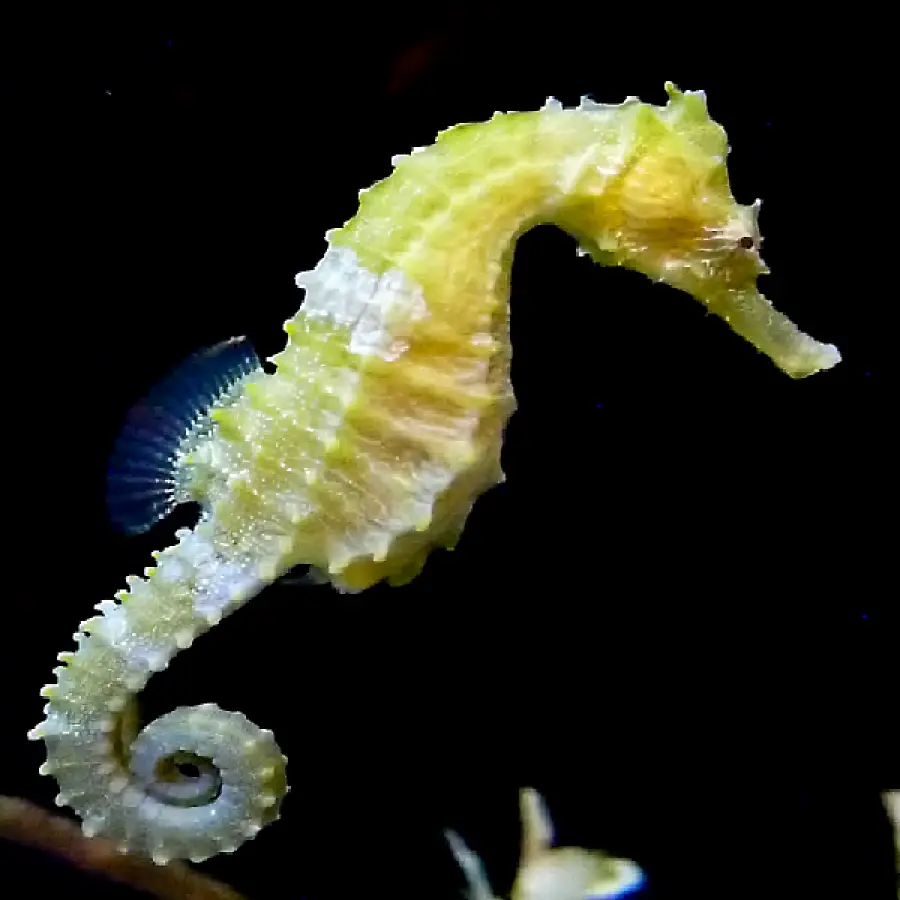
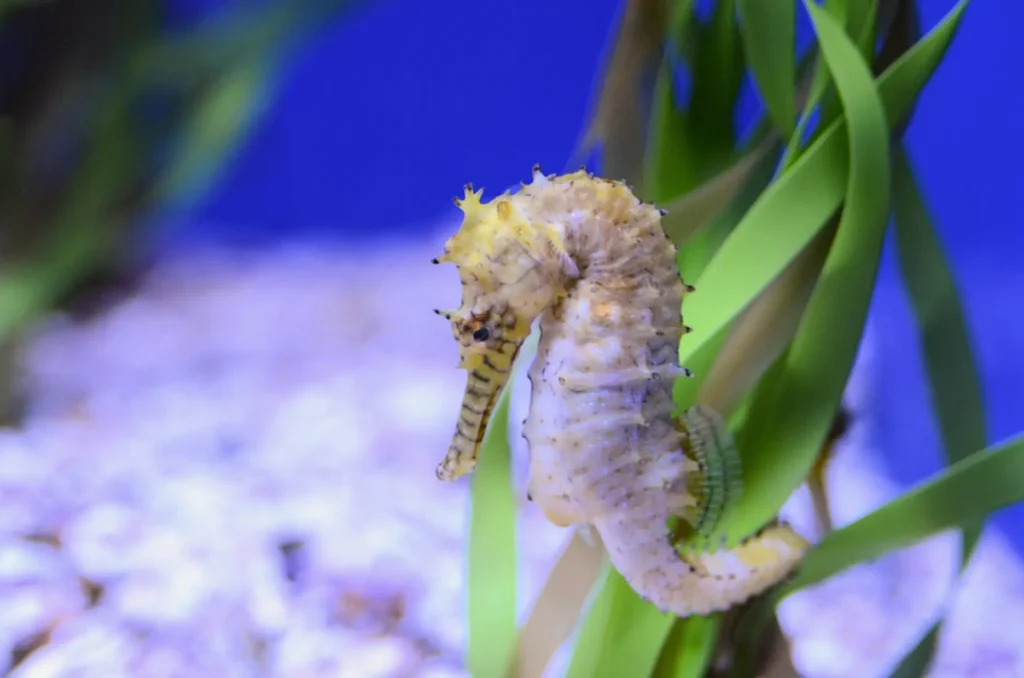
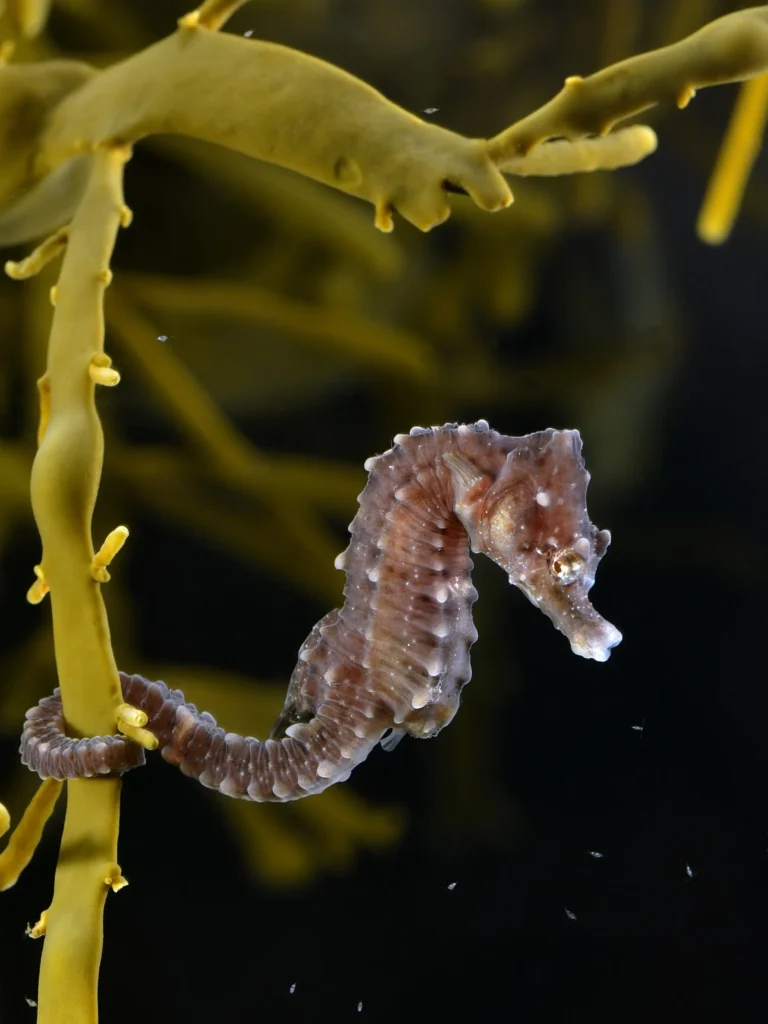
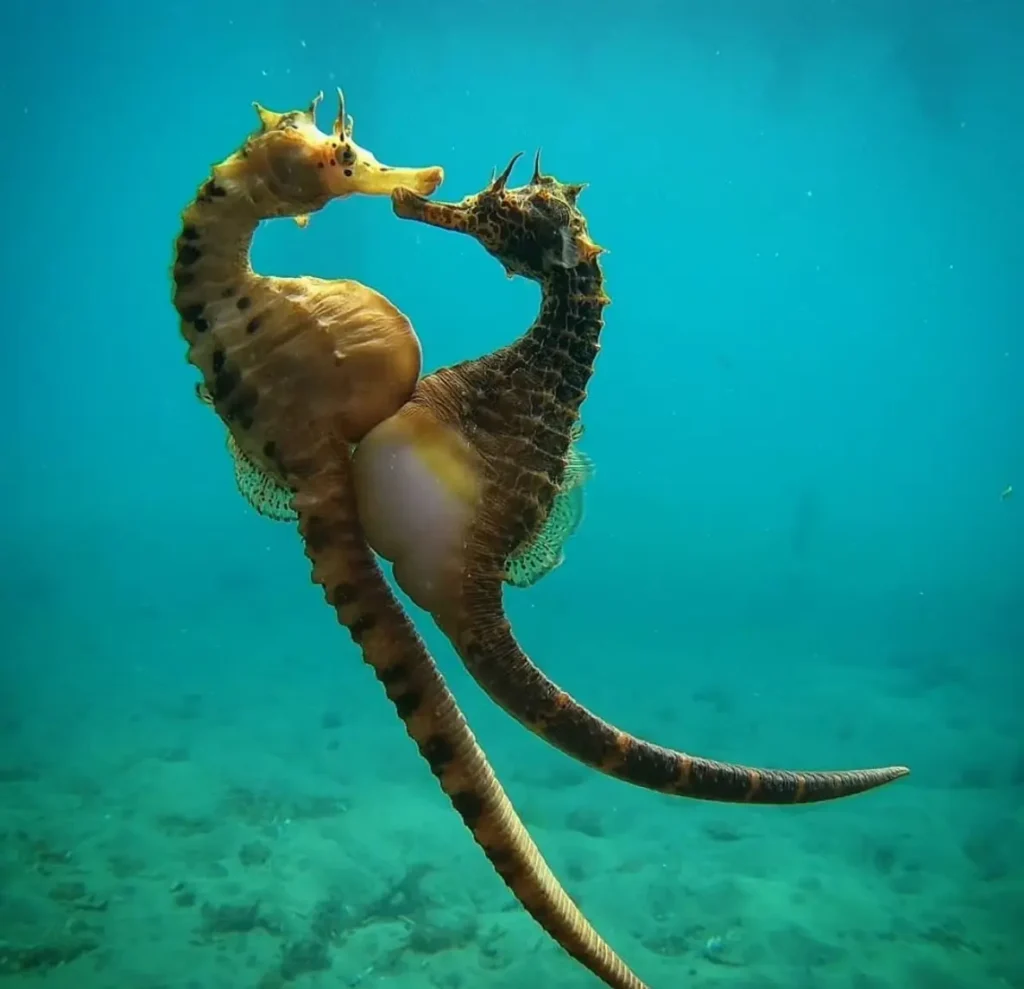
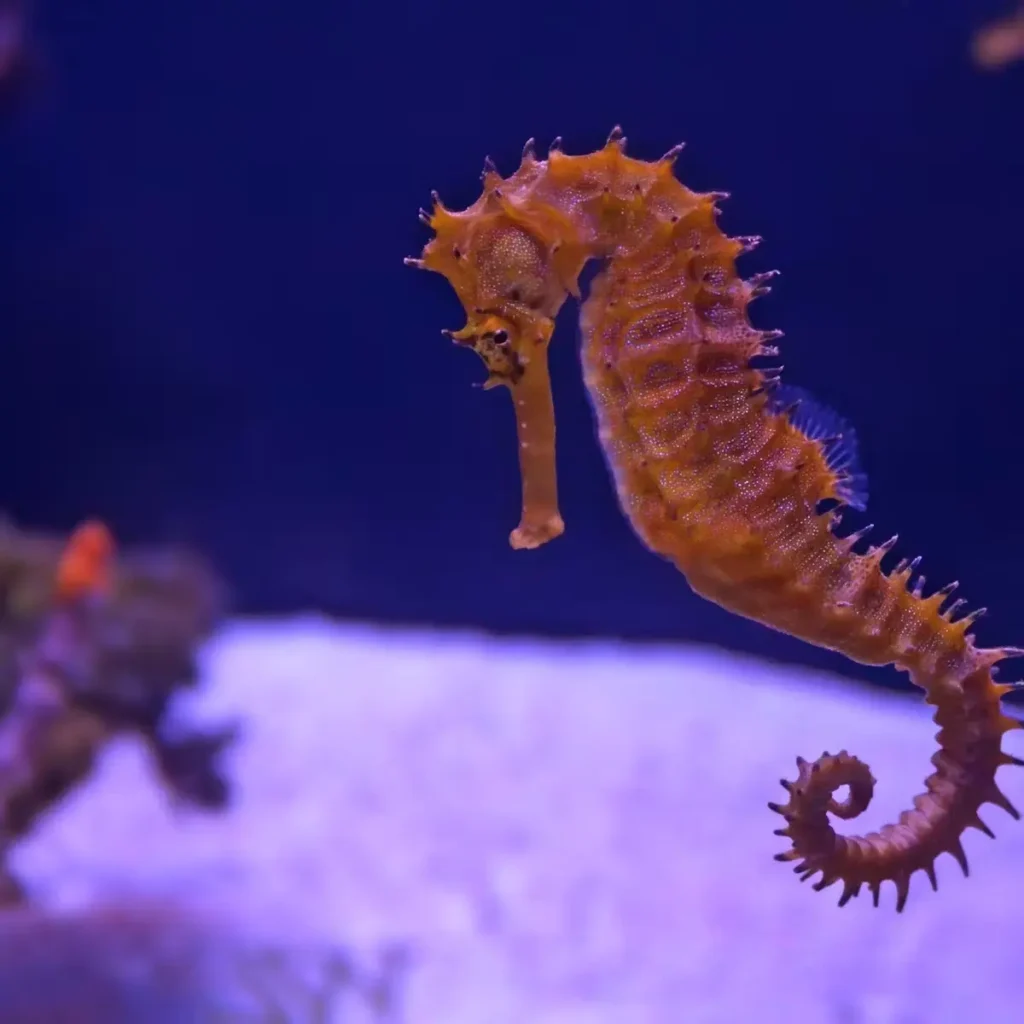
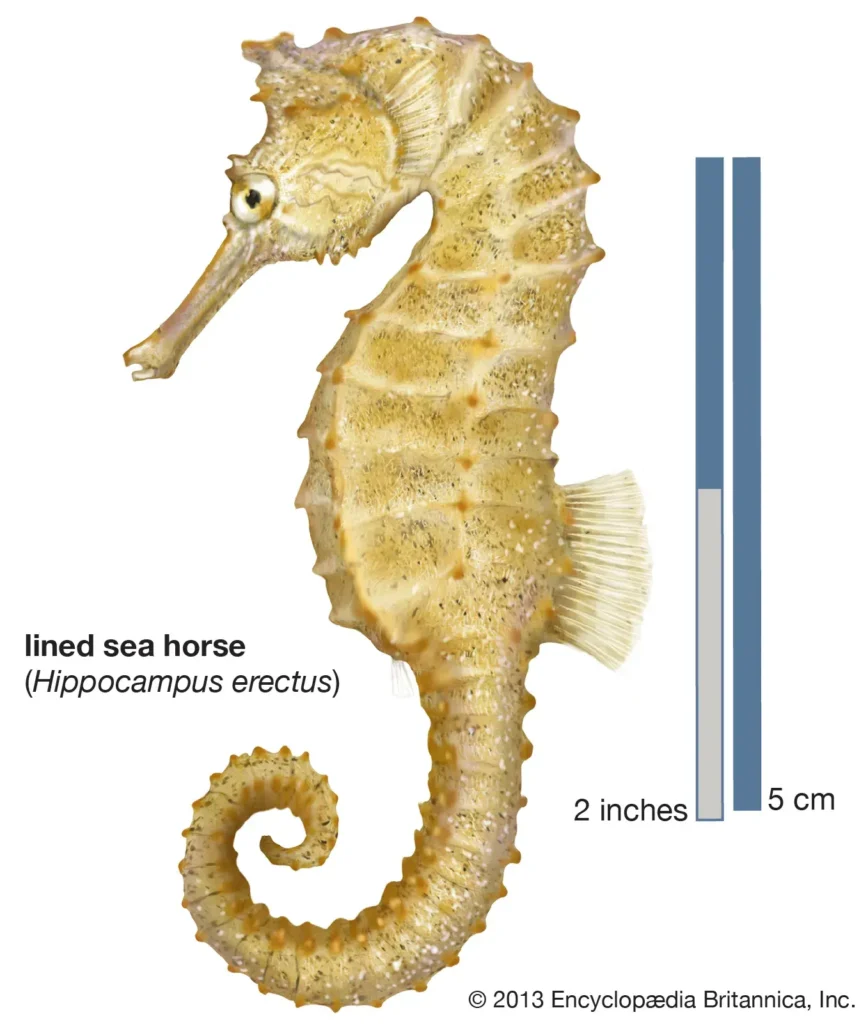
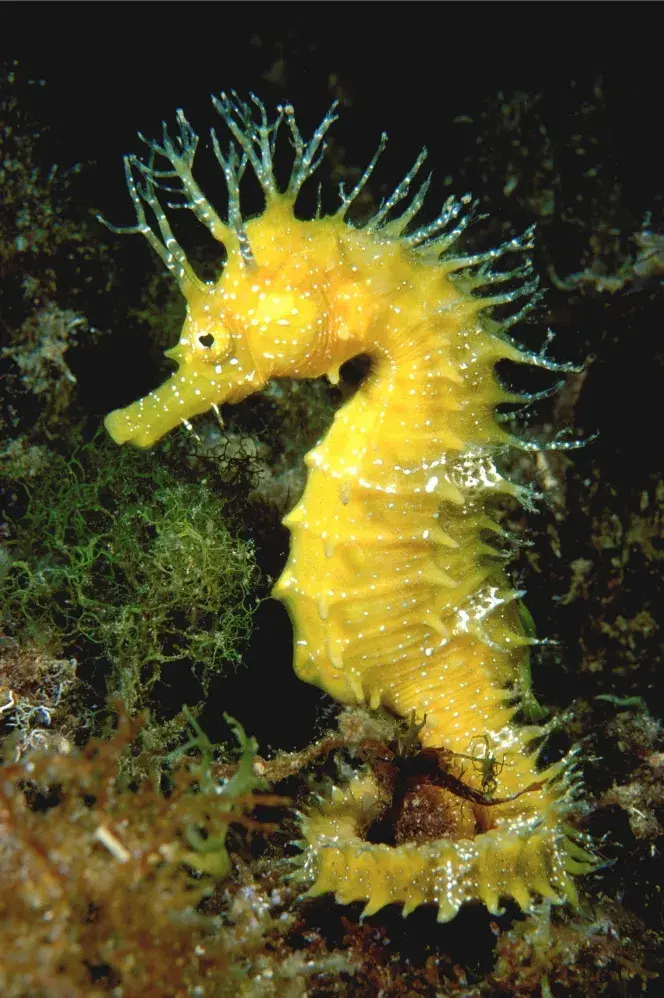
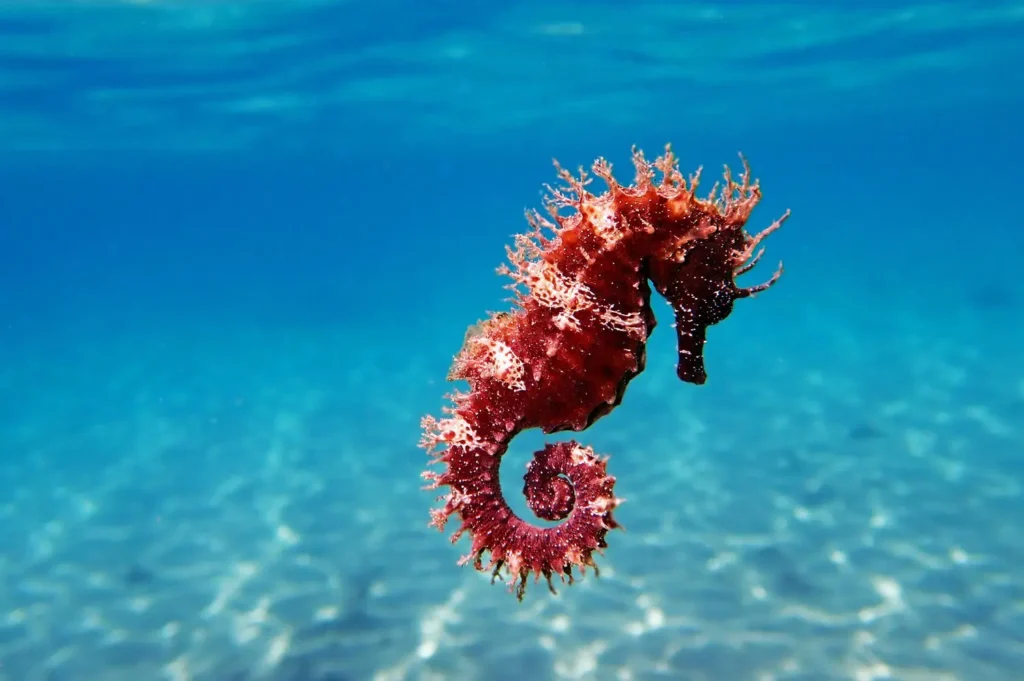
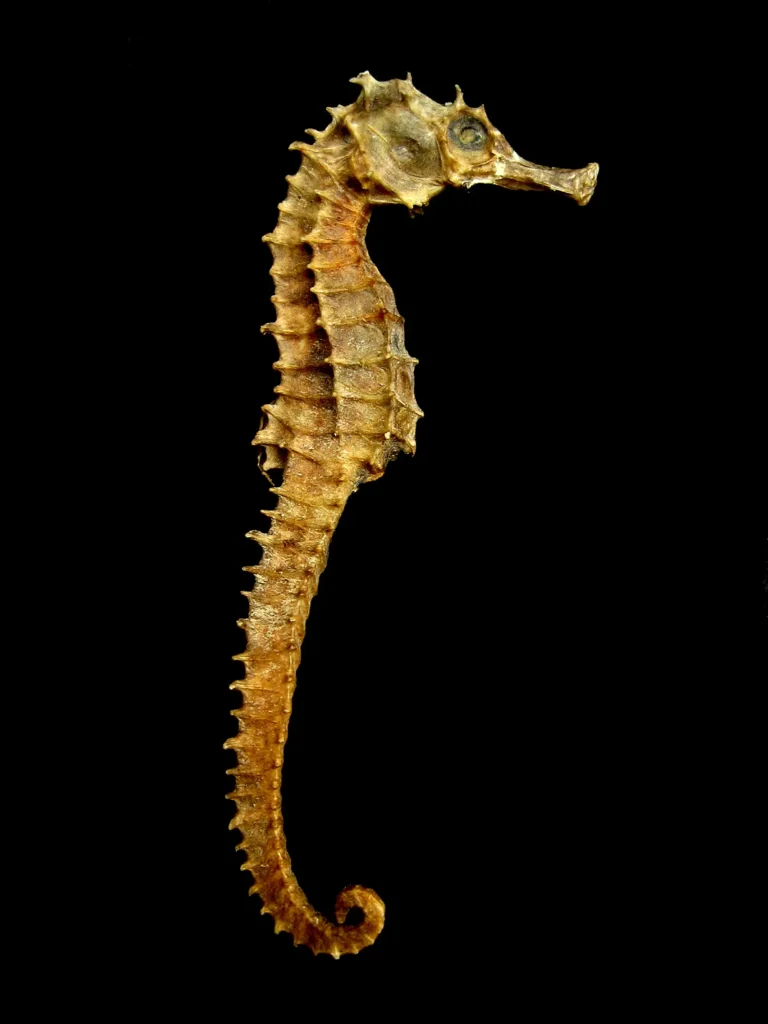
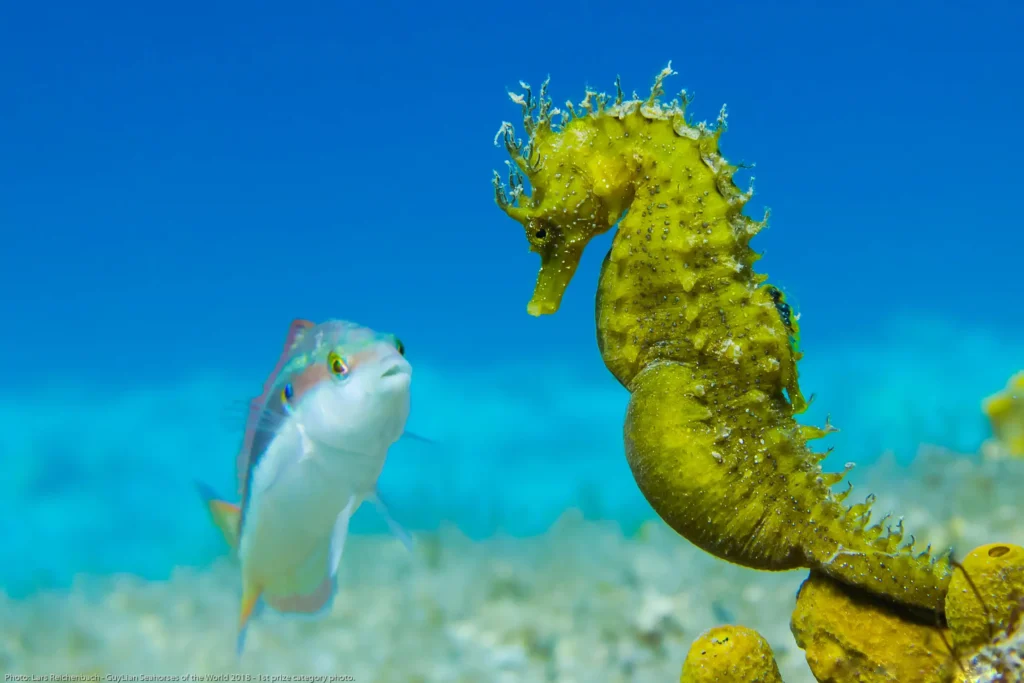

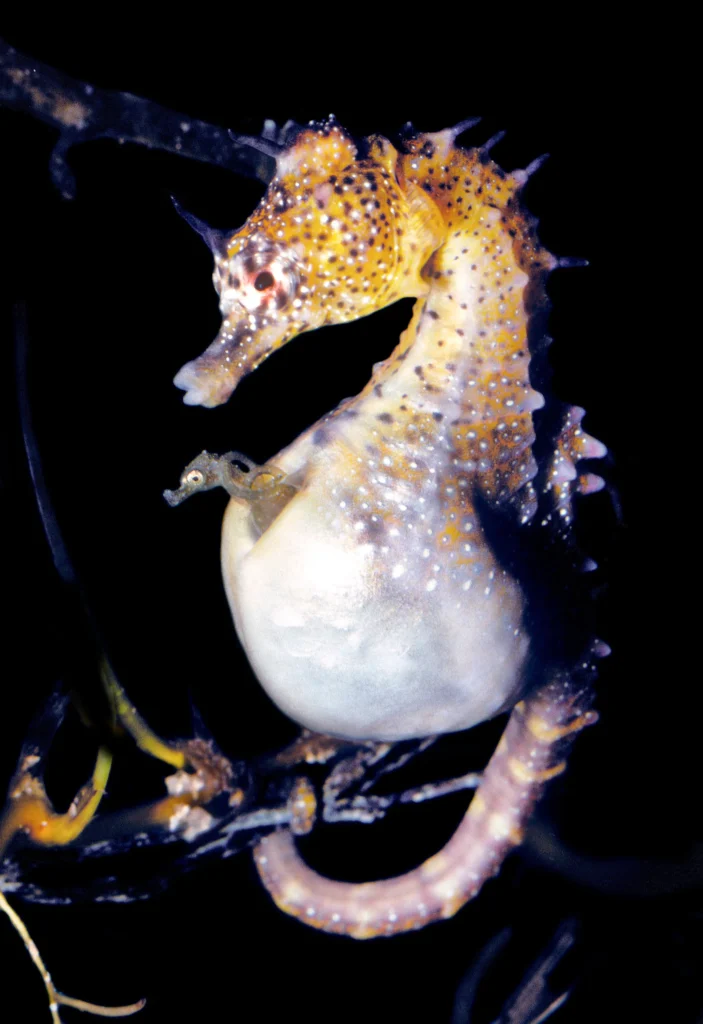
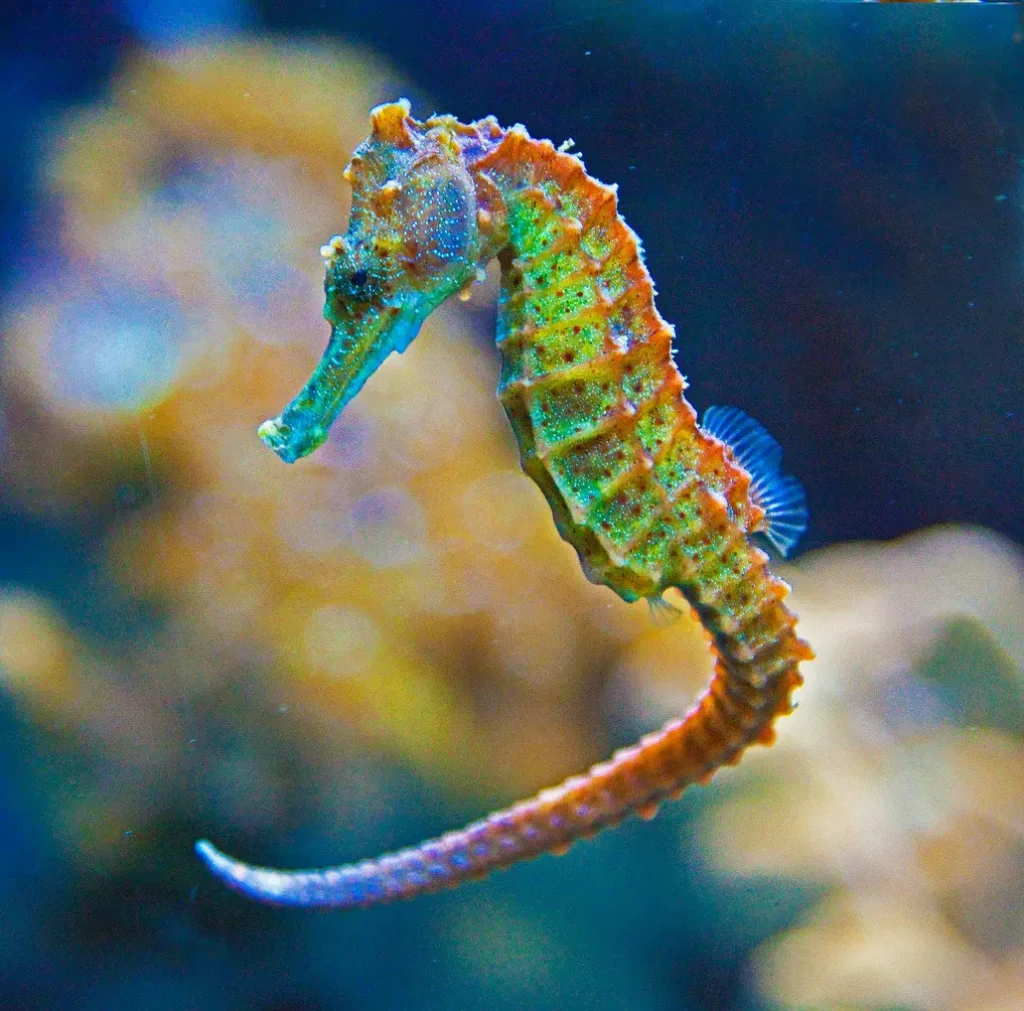
In this article, we will delve into the intriguing world of seahorses, exploring their extraordinary characteristics, intricate mating rituals, and the importance of their conservation.
Distinctive Features and Adaptations
Seahorses are instantly recognizable due to their upright posture, horse-like head, and curled prehensile tail. They possess a bony external skeleton and lack scales, instead having a series of plates that form a protective armor. Seahorses also have a remarkable ability to change color, allowing them to blend into their surroundings and evade predators. Their eyes can move independently, providing them with excellent vision in all directions, a crucial adaptation for their survival in the underwater world.
Mating Rituals and Parental Care
One of the most unique aspects of seahorses is their intricate mating behavior and remarkable role reversal. In most species, it is the male seahorse that carries and nurtures the developing eggs in a specialized brood pouch. During an elaborate courtship dance, male and female seahorses perform an intricate display, intertwining their tails and engaging in synchronized movements. Once mating occurs, the female deposits her eggs into the male’s pouch, where they are fertilized and nurtured until they hatch. This unique form of paternal care is a rarity in the animal kingdom and showcases the seahorse’s extraordinary reproductive strategy.
Biodiversity and Habitat
Seahorses are found in various habitats around the world, including coral reefs, seagrass meadows, and estuaries. They are highly specialized and often have specific habitat requirements. Different seahorse species exhibit a range of colors, sizes, and patterns, making each one a unique wonder to behold. Some seahorses are excellent camouflagers, resembling the corals and plants they inhabit, while others have bright hues that serve as a warning to predators.
Conservation Challenges and Importance
Seahorses face numerous threats that jeopardize their populations and the delicate balance of marine ecosystems. Habitat destruction, pollution, overfishing, and the curio trade all contribute to their decline. Seahorses are also particularly vulnerable to climate change, as rising sea temperatures and ocean acidification affect their food sources and disrupt their reproductive patterns. Efforts are being made to protect seahorses, including the establishment of marine protected areas and responsible trade regulations.
Conservation organizations and researchers are studying seahorses to gain a better understanding of their biology, behavior, and ecological role. These efforts aim to develop effective conservation strategies and promote sustainable practices that safeguard seahorses and the habitats they depend on.
